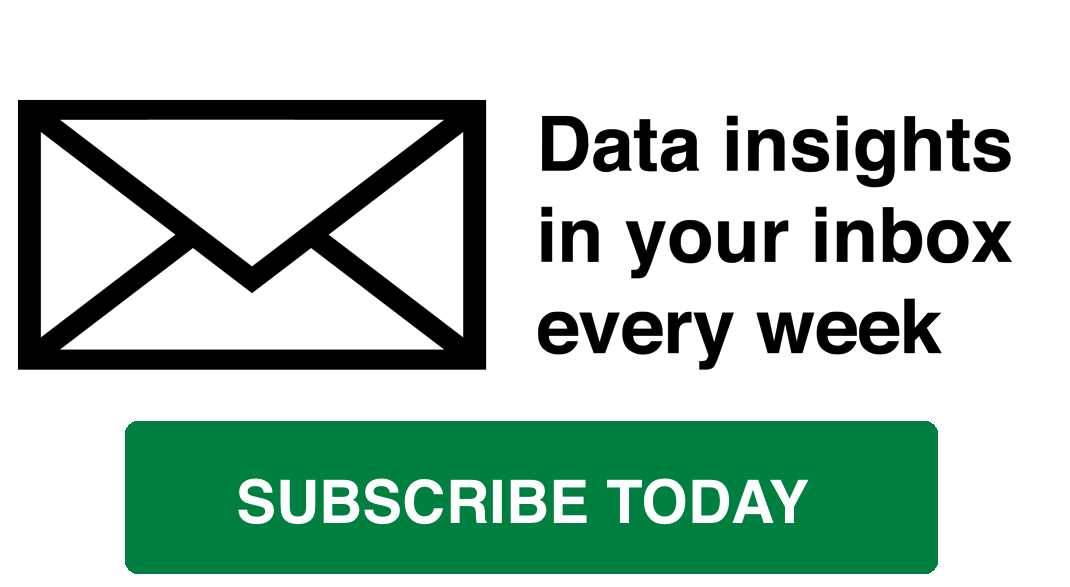As a journalist, great data means little if you cannot successfully transmit its insights to a target audience.
Benjamin Cooley explains why visual literacy helps make meaning from information in his article in Towards Data Science:
Here’s how I like to think of it: good data literacy is understanding the notes. It’s knowing the difference between a mean and median, and when to use one over the other. It’s being aware of when to draw conclusions from a study or when to be skeptical of research with small samples sizes.
But visual literacy is the music. It’s the strategic connecting of notes to form a melody, which repeats or evolves to form a chorus. Thinking about visual literacy (and the visual literacy of your audience) allows you to start connecting the notes of data into a cohesive song. And as this helpful Wikipedia entry states, it effectively allows you to “make meaning from information”.
Data builds to insight, which can form a narrative. And narratives are what build to make a data story.[…]
One of the things I love most about data visualization is that it continually challenges this status quo. It invites users to explore the data for themselves. Sometimes the quick, glanceable takeaway is what you need in the end. But if we reduce data visualization to this narrow subset of the field, then we lose its potential for exploration and discovery altogether.
Data viz practitioners need to go a step beyond data literacy in order to keep advancing the field. We need to be obsessed with things like color theory, the feelings of certain shapes, the reading patterns of web users and the spreading sense of data fatigue among end users. Visual literacy is one way to think about this essential set of skills. It’s the way we keep data visualization interesting, exciting and accessible for everyone.

